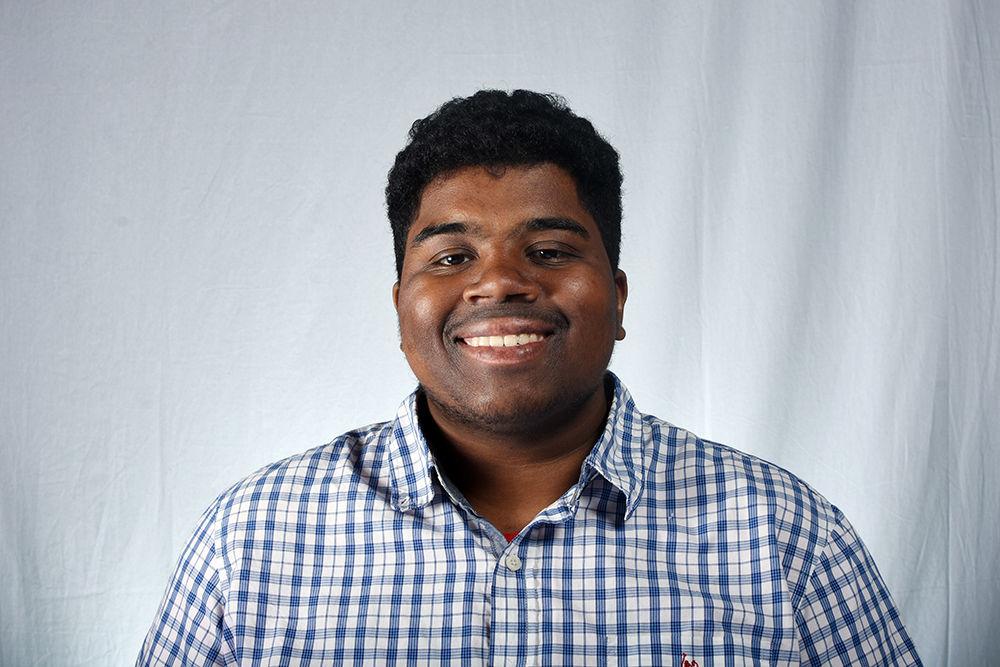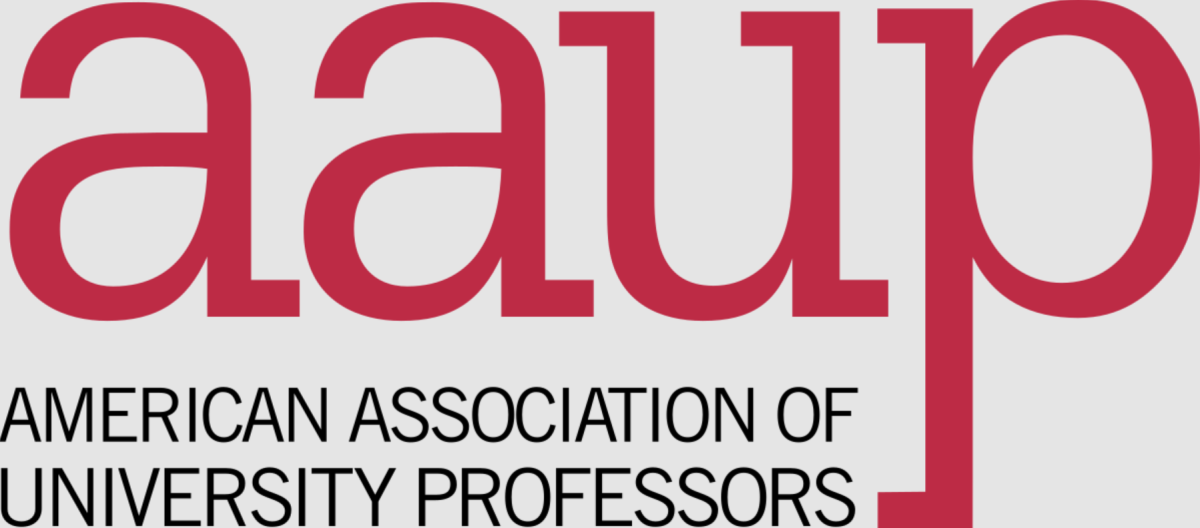The old affirmative action debate: it pains me that I still have to argue this in 2018. Honestly, I was going to let my colleague slide with his opinion article if it weren’t so misguided and, honestly, a little bit culturally insensitive. I am not saying my colleague is racist, just that his column reflects a misleading understanding of why affirmative action is used in college admissions.
What is most culturally insensitive in my colleague’s column is the assumption that all or most black people think alike. The reason I bring this up is that his article highlights black enrollment and then accuses the University of North Carolina-Chapel Hill of not being committed to diversity of thought because it let in 99 percent of black applicants with high academic achievements.
Black people are not a monolith. I do not agree with my colleague implying that more racial diversity means less diversity of thought; that somehow more black people being admitted means less diversity of thought. Black people are very diverse, with beliefs all across the political spectrum. People like to point to the fact that most black voters vote Democrat, but as I have said before, the two-party system hardly represents the ideas of all Americans. This is even more true for the black community.
There is also the fact that the UNC-CH lawsuit is a part of a bigger conservative agenda to attack and redefine civil rights. Liliana M. Garces, associate professor of higher education at UT-Austin spoke of this in Indy Week, “These are challenges that are led by conservative groups that are really just trying to end any consideration of race in educational policymaking.”
The group that filed the lawsuit is Students for Fair Admissions, which is the brainchild of Edward Blum. Edward Blum is a conservative legal activist who is not a lawyer, but has financed and brought multiple cases to the Supreme Court, including the 2013 case Shelby County v. Holder that overturned key provisions of the 1965 Voting Rights Act. The ruling emboldened states to introduce voter ID laws that are very discriminatory towards minorities, something North Carolina was called out on by the Supreme Court.
The suit, filed in 2013, centers on an unnamed white student with a 4.48 GPA and an SAT score of 2180 who ran cross country and did not make the cut. The lawsuit says that UNC-CH ”admissions decisions are attributable to a sizable racial preference for underrepresented minorities,” as quoted in Indy Week. This is laughable when you check the 2014 incoming first-year demographic numbers and find that the black population only accounted for 11 percent while the white population accounted for 73 percent.
Also looking at the class profile, they are ideologically diverse, with 38 percent moderate, 39 percent liberal and 18 percent conservative students. Are people really going to discuss diversity admissions as alarming when the black population only accounts for 10 percent of the accepted students for fall 2017? Black male admissions have not risen in a new class past 125 since 2009.
FiveThirtyEight has reported that diversity suffers when affirmative action is banned, something that should be obvious. When looking at public research universities across the nation, like NC State, black and Hispanic enrollment suffers when affirmative action is banned.
My colleague brought up the case of Regents v. Bakke; however, there is another case that is more relevant to the UNC-CH lawsuit. In Fisher v. University of Texas, Abigail Fisher sued the University for denying her admission to the school, arguing that the school’s admissions policy discriminated against her because she was white. In a 4–3 decision, the Supreme court rejected Fisher’s claim, ruling that universities can have race-conscious admissions policies as long as they help achieve a diverse student body.
We do not live in either a post-racial world or a race-neutral world, as evidenced by the election of Donald Trump. White identity politics are alive and well. This can be seen in the fact that white people all across the economic spectrum voted for Trump. Being race-conscious and promoting racial diversity is not the same as being racist.
Daniel Golden in his article “Blame Rich Whites for ‘Asian Fail’ at Top Colleges” beautifully addressed the fallacy of blaming affirmative action for Asians not getting into top colleges. As he explained, “Asian-Americans are indeed treated unfairly in admissions, but affirmative action is a convenient scapegoat for those who seek to pit minority groups against each other.” Additionally, Students for Fair Admissions called for the removal of these practices, something that was not mentioned in my colleague’s piece.
Affirmative action is still needed in today’s world. You can call it “diversity admissions,” but it does not change the fact that it is necessary to address the original sins of this country. Advocates for affirmative action await a time when it is no longer necessary, but for now, our society’s history continues to disadvantage marginalized groups. Erika Wilson summed this up pretty well when speaking to Indy Week about affirmative action, “People only oppose affirmative action if they presume that the baseline is neutral or fair. People like me understand that the baseline is neither neutral nor fair.”














